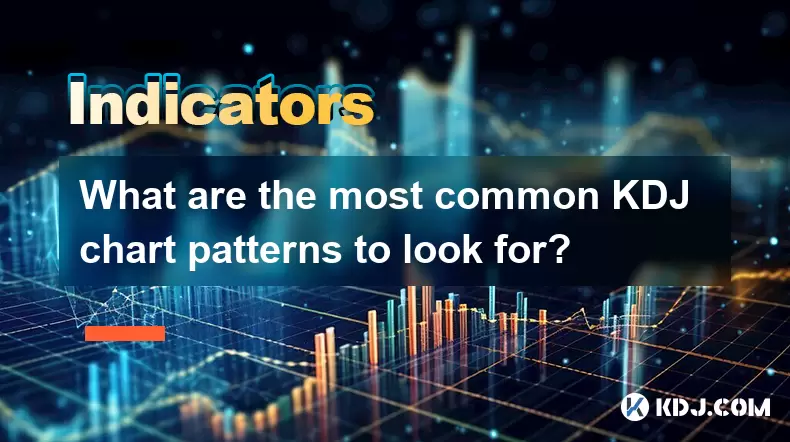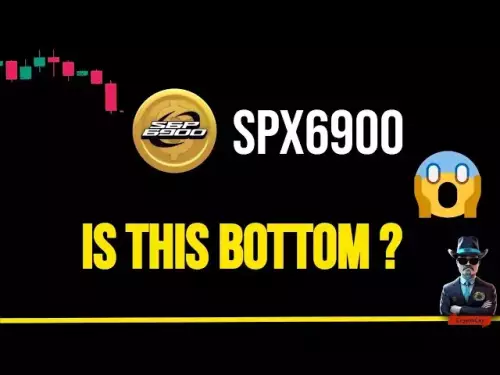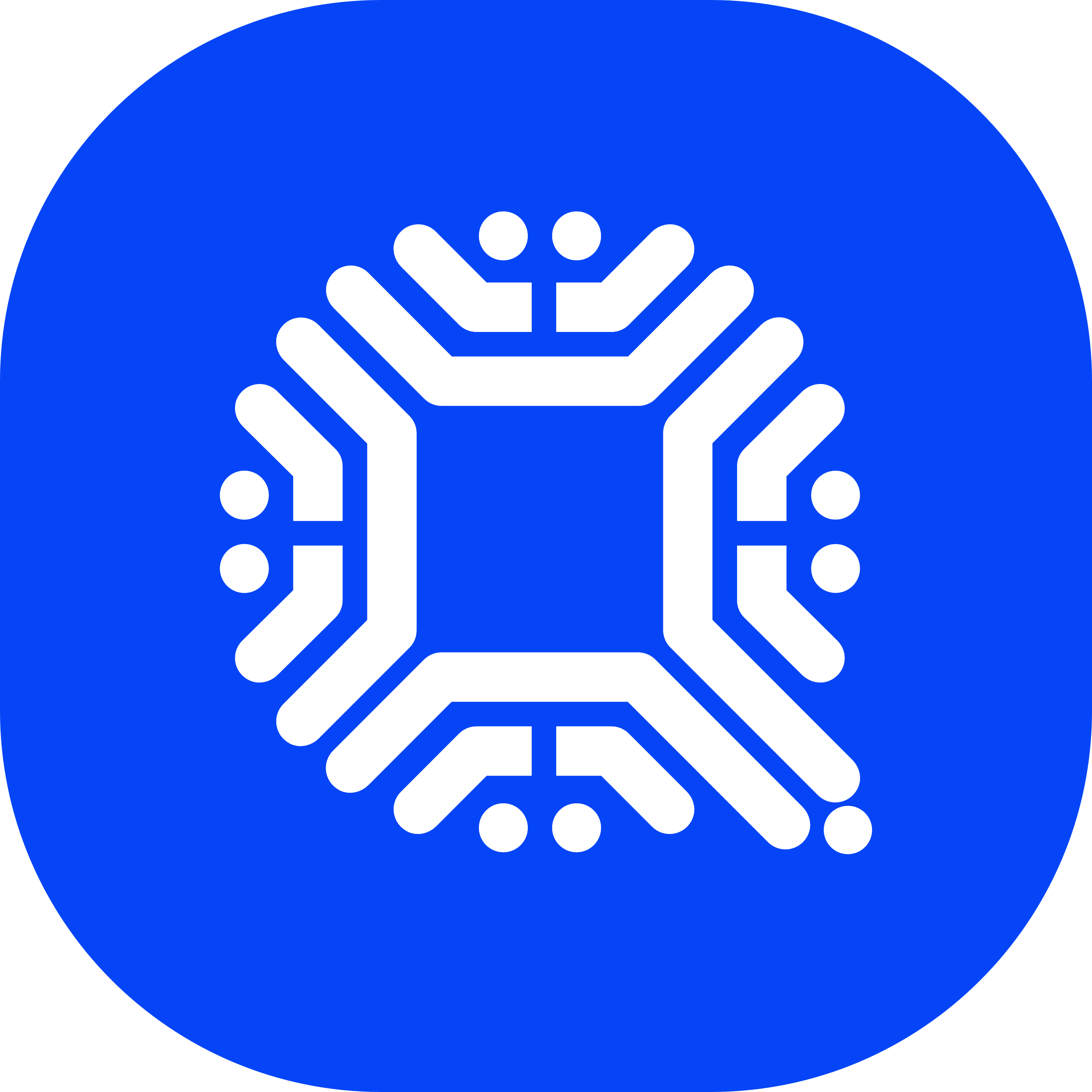-
 Bitcoin
Bitcoin $113100
-1.74% -
 Ethereum
Ethereum $4800
1.16% -
 XRP
XRP $3.041
0.36% -
 Tether USDt
Tether USDt $0.9999
0.02% -
 BNB
BNB $876.6
-0.40% -
 Solana
Solana $205.1
0.96% -
 USDC
USDC $0.0000
0.00% -
 Dogecoin
Dogecoin $0.2345
-0.10% -
 TRON
TRON $0.3629
0.40% -
 Cardano
Cardano $0.9260
1.91% -
 Chainlink
Chainlink $26.20
0.28% -
 Hyperliquid
Hyperliquid $46.04
2.89% -
 Sui
Sui $3.722
0.22% -
 Stellar
Stellar $0.4113
-0.53% -
 Ethena USDe
Ethena USDe $1.000
0.03% -
 Bitcoin Cash
Bitcoin Cash $590.3
0.39% -
 Avalanche
Avalanche $25.82
-0.01% -
 Hedera
Hedera $0.2504
-0.92% -
 Litecoin
Litecoin $119.1
-1.33% -
 UNUS SED LEO
UNUS SED LEO $9.598
0.03% -
 Toncoin
Toncoin $3.315
-1.69% -
 Shiba Inu
Shiba Inu $0.00001308
-1.02% -
 Uniswap
Uniswap $11.06
-2.10% -
 Polkadot
Polkadot $4.149
-1.10% -
 Dai
Dai $1.000
0.03% -
 Aave
Aave $350.7
-1.07% -
 Cronos
Cronos $0.1587
0.97% -
 Bitget Token
Bitget Token $4.664
-0.71% -
 Monero
Monero $274.5
3.42% -
 Ethena
Ethena $0.7021
-4.70%
What are the most common KDJ chart patterns to look for?
The KDJ indicator helps crypto traders spot reversals using overbought/oversold levels, crossovers, and divergence, especially when combined with price structure and volume.
Aug 10, 2025 at 02:49 pm

Understanding the KDJ Indicator in Cryptocurrency Trading
The KDJ indicator is a momentum oscillator widely used in cryptocurrency trading to identify overbought and oversold conditions. It expands upon the Stochastic Oscillator by incorporating a J-line, which reflects the divergence between the %K and %D values. The three components—%K (fast stochastic), %D (slow stochastic), and %J (divergence line)—work together to provide signals for potential reversals or continuations. Traders rely on specific KDJ chart patterns to anticipate price movements within volatile digital asset markets. Recognizing these patterns helps in timing entries and exits with greater precision.
Overbought and Oversold Signals with KDJ
One of the most common uses of the KDJ indicator involves identifying overbought and oversold levels. Typically, when the %K and %D lines rise above 80, the market is considered overbought, signaling a potential downward correction. Conversely, when these lines fall below 20, the asset may be oversold, indicating a possible upward rebound.
- Monitor the %K and %D lines crossing above 80 and observe price action for bearish confirmation
- Look for the %K and %D lines dipping below 20 while checking for bullish reversal candles
- Confirm signals using volume spikes or candlestick patterns like hammer or shooting star
It's crucial to avoid acting on these levels alone. In strong trending markets, the KDJ can remain in overbought or oversold territory for extended periods. Combining this signal with support and resistance zones or moving averages increases reliability.
KDJ Crossover Patterns: Golden and Death Crosses
Crossover patterns between the %K and %D lines are among the most watched KDJ chart patterns. A Golden Cross occurs when the %K line crosses above the %D line in the oversold region, suggesting a bullish reversal. A Death Cross happens when the %K line crosses below the %D line in the overbought region, indicating a bearish reversal.
- Identify a Golden Cross when %K crosses upward through %D near or below 20
- Confirm the signal with rising volume and bullish candlesticks such as engulfing patterns
- For a Death Cross, ensure the crossover occurs near or above 80, supported by bearish candle formations
- Avoid trading crossovers in the middle range (between 20 and 80) without additional confirmation
These crossovers gain strength when they occur at extreme levels and align with broader market structure, such as breaking a downtrend line or retesting a resistance zone.
Divergence Patterns in KDJ Analysis
Divergence between price action and the KDJ lines often precedes significant reversals. Bullish divergence forms when the price makes lower lows, but the KDJ indicator forms higher lows, suggesting weakening downward momentum. Bearish divergence occurs when the price makes higher highs while the KDJ forms lower highs, indicating fading upward strength.
- To spot bullish divergence, compare recent price lows with corresponding KDJ lows—look for a mismatch
- Use the J-line to confirm: if it starts rising from below 0, it strengthens the bullish case
- For bearish divergence, check if price highs are increasing while KDJ highs are decreasing
- Wait for a follow-up signal such as a crossover or break of trendline before entering
Divergence patterns require patience. They often develop over multiple candlesticks and should be validated with other technical tools like RSI or MACD to reduce false signals.
Extreme J-Line Swings and Reversals
The J-line in the KDJ indicator is highly sensitive and can swing beyond 0 and 100, making it useful for detecting imminent reversals. When the J-line exceeds 100, the market may be over-extended to the upside. When it drops below 0, oversold conditions may be present.
- Watch for the J-line spiking above 100 followed by a sharp turn downward—this often precedes a pullback
- Similarly, a plunge below 0 with a subsequent upward reversal in the J-line may signal a bottom
- Combine J-line extremes with candlestick reversals such as doji or spinning tops
- Confirm with volume contraction at the extreme, followed by expansion in the opposite direction
Because the J-line is volatile, it should not be used in isolation. Its predictive power increases when aligned with %K and %D crossovers or divergence setups.
Combining KDJ Patterns with Price Structure
Effective use of KDJ chart patterns requires integration with price action analysis. A crossover or divergence becomes more reliable when it occurs at a key support or resistance level, or within a recognized chart pattern like triangles or double tops.
- Identify horizontal support/resistance levels on the price chart
- Overlay the KDJ indicator and wait for signals (e.g., crossover or divergence) to occur near these zones
- In a descending triangle, a bearish crossover near resistance strengthens the breakdown case
- During a double bottom, a bullish crossover at the second low enhances reversal probability
Using Fibonacci retracement levels in conjunction with KDJ signals can further refine entry points. For instance, a Golden Cross occurring at the 61.8% retracement level carries more weight than one in open space.
Frequently Asked Questions
What timeframes are best for spotting KDJ chart patterns in crypto trading?
The 1-hour (1H) and 4-hour (4H) timeframes are optimal for identifying reliable KDJ patterns. These intervals balance noise reduction and signal frequency. Lower timeframes like 5-minute charts generate excessive false signals due to crypto volatility, while daily charts may delay entries. Traders often use 4H for trend direction and 1H for precise entries.
How do I adjust KDJ settings for different cryptocurrencies?
The default KDJ settings (9,3,3) work well for most assets, but adjustments can improve accuracy. For highly volatile coins like Dogecoin or Shiba Inu, increasing the smoothing period to (14,3,3) reduces false crossovers. For stablecoins or less volatile tokens, shorter periods like (5,3,3) may capture quicker movements. Always backtest changes on historical data before live use.
Can KDJ be used in sideways versus trending markets?
Yes, but differently. In sideways (ranging) markets, overbought/oversold signals and crossovers near 20 or 80 are effective. In strong trends, divergence and J-line extremes perform better. During uptrends, focus on oversold bounces; in downtrends, watch for overbought resistance. Avoid counter-trend trades based solely on KDJ without structural confirmation.
Is KDJ suitable for automated trading bots in crypto?
Yes, KDJ logic can be programmed into trading bots using APIs from platforms like Binance or Bybit. Define clear rules: e.g., “Enter long when %K > %D and both < 20, with J-line rising from below 0.” Include filters like minimum volume and price above 200-period moving average. Backtest across multiple coins and market conditions to optimize performance and reduce drawdowns.
Disclaimer:info@kdj.com
The information provided is not trading advice. kdj.com does not assume any responsibility for any investments made based on the information provided in this article. Cryptocurrencies are highly volatile and it is highly recommended that you invest with caution after thorough research!
If you believe that the content used on this website infringes your copyright, please contact us immediately (info@kdj.com) and we will delete it promptly.
- MAGACOIN Finance: Can This Crypto Presale Deliver Explosive Gains?
- 2025-08-25 09:25:14
- XRP Price, Solana, and Meme Coins: What's Hot in the Crypto Streets?
- 2025-08-25 09:25:14
- Cardano, Bitcoin, and Presales: Navigating the 2025 Crypto Landscape, MAGACOIN FINANCE in Focus
- 2025-08-25 09:30:12
- Hyperliquid, WLFI-USD, and DeFi Equity: A Deep Dive
- 2025-08-25 09:45:22
- BlockDAG: A Layer 1 Solution Thriving in a Volatile Market
- 2025-08-25 10:05:22
- Ripple's RLUSD and Japan's Regulation: A Match Made in Digital Finance Heaven
- 2025-08-25 07:05:29
Related knowledge

What does it mean when the +DI and -DI cross frequently in the DMI indicator but the ADX is flattening?
Aug 11,2025 at 03:15am
Understanding the DMI Indicator ComponentsThe Directional Movement Index (DMI) is a technical analysis tool composed of three lines: the +DI (Positive...

What does the sudden appearance of a "dark cloud cover" candlestick pattern during an uptrend indicate?
Aug 13,2025 at 11:35am
Understanding the 'Dark Cloud Cover' Candlestick PatternThe dark cloud cover is a bearish reversal pattern in technical analysis that typically appear...

What does it mean when the moving average, MACD, and RSI all send buy signals simultaneously?
Aug 11,2025 at 01:42pm
Understanding the Convergence of Technical IndicatorsWhen the moving average, MACD, and RSI all generate buy signals at the same time, traders interpr...

What does it mean when both the KDJ indicator and the RSI show overbought signals simultaneously?
Aug 13,2025 at 11:35am
Understanding the KDJ Indicator in Cryptocurrency TradingThe KDJ indicator is a momentum oscillator derived from the Stochastic Oscillator, widely use...

What does it mean when the price is trading above the SAR indicator but the red dots are densely packed?
Aug 09,2025 at 11:49pm
Understanding the SAR Indicator and Its Visual SignalsThe SAR (Parabolic Stop and Reverse) indicator is a technical analysis tool used primarily to de...

What does it mean when the candlestick chart forms a "Morning Star" but trading volume is sluggish?
Aug 12,2025 at 06:28pm
Understanding the Morning Star Candlestick PatternThe Morning Star is a three-candle bullish reversal pattern commonly observed in cryptocurrency pric...

What does it mean when the +DI and -DI cross frequently in the DMI indicator but the ADX is flattening?
Aug 11,2025 at 03:15am
Understanding the DMI Indicator ComponentsThe Directional Movement Index (DMI) is a technical analysis tool composed of three lines: the +DI (Positive...

What does the sudden appearance of a "dark cloud cover" candlestick pattern during an uptrend indicate?
Aug 13,2025 at 11:35am
Understanding the 'Dark Cloud Cover' Candlestick PatternThe dark cloud cover is a bearish reversal pattern in technical analysis that typically appear...

What does it mean when the moving average, MACD, and RSI all send buy signals simultaneously?
Aug 11,2025 at 01:42pm
Understanding the Convergence of Technical IndicatorsWhen the moving average, MACD, and RSI all generate buy signals at the same time, traders interpr...

What does it mean when both the KDJ indicator and the RSI show overbought signals simultaneously?
Aug 13,2025 at 11:35am
Understanding the KDJ Indicator in Cryptocurrency TradingThe KDJ indicator is a momentum oscillator derived from the Stochastic Oscillator, widely use...

What does it mean when the price is trading above the SAR indicator but the red dots are densely packed?
Aug 09,2025 at 11:49pm
Understanding the SAR Indicator and Its Visual SignalsThe SAR (Parabolic Stop and Reverse) indicator is a technical analysis tool used primarily to de...

What does it mean when the candlestick chart forms a "Morning Star" but trading volume is sluggish?
Aug 12,2025 at 06:28pm
Understanding the Morning Star Candlestick PatternThe Morning Star is a three-candle bullish reversal pattern commonly observed in cryptocurrency pric...
See all articles

























































































